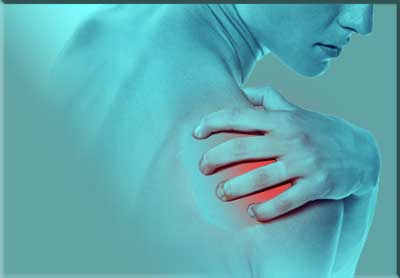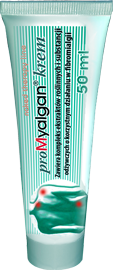Olive Extract - Seed Fraction
Olive Extract - seed fraction (lat. Olea europea) is extremely rich source of several compounds i.a. polyphenols, powerful antioxidants and anti inflammatory compounds. It also provides verbascosides, oleosides, tyrosol, rutin and luteolin.
The chemical composition of olive stone and olive seed has been carefully examined. (see a papper → Olive stone an attractive source of bioactive and valuable compounds pdf file, 10 pages). Cellulose, hemicellulose and lignin are the major constituents of olive stone and lipids, proteins and polyphenols are the major constituents of the seed inside the stone.
Olive Extract Compounds
- Lipids
- Simple sugars* and polyols†
- Proteins
- Polyphenols
Lipids
Olive stone oil is far more rich source of PUFA (polyunsaturated fatty acids) and several plant sterols as compared to cold pressured olive oil. Polyunstaurated fatty acids are precursors for eicosanoids including prostaglandins, leukotrienes, and thromboxanes, which have hormone-like activities.
Polyunsaturated fatty acids, especially the omega-3 and -6 series, are found in cold-water fish (salmon, tuna, sardines, cod, and anchovy), vegetable oils, flax seeds, walnuts, and some types of vegetables. A fatty acid is called omega-3 when the first double bond is located at the third carbon from the methyl group (CH3) and omega-6 when the double bond is at the sixth carbon of the chain from the same radical.
The omega-3 fatty acids should be consumed in a balanced ratio with omega-6 fatty acids. Nutritionists believe that an ideal ratio would be approximately 5:1 omega-6 to omega-3. Besides their nutritional role in the diet, omega-3 fatty acids can help to prevent or treat a variety of diseases, including heart disease, cancer, arthritis, depression, and Alzheimer’s disease, among others (Riediger et al., 2009).
Recent studies have shown that polyunsaturated fatty acids and their derivatives have strong antinociceptive effects against thermal and chemical stimulation in several animal models (Nakamoto, et al, 2010; Tokuyama and Nakamoto, 2011; Xue et al., 2006). Docosahexaenoic acid (DHA), for example, is a predominant omega-3 polyunsaturated fatty acid found in marine fish; it is highly concentrated in the brain and in the retina in humans and showed an antinociceptive effect in a tail-flick, formalin and acetic acid writhing test in mice (Nakamoto, et al., 2010). It was also shown that a prophylactic diet rich in omega-3 polyunsaturated fatty acids attenuates the development of thermal hyperalgesia following spinal cord injury, possibly due to the better bioavailability of the anti-inflammatory lipid mediators. The anti-inflammatory effects of this enriched diet were evident by a significant reduction in levels of inflammatory biomarkers, including inositols and phosphorylated p38 MAPK in spinal dorsal horn neurons (Figueroa et al, 2013).
Simple sugars* and polyols†
The reducing power of the extracts of the seed has been attributed to the presence of glucose. Studies about sugars in the olive stone began with paper chromatography and gas–liquid chromatography (Rivas, 1983). Sucrose, glucose, fructose, arabinose, xilose, mannitol and mioinositol were determined.
Fernández-Bolaños et al., 1983 studied oligosaccharides in the olive seed and described the extraction and characterization of trisaccharide planteose by chromatography system.











